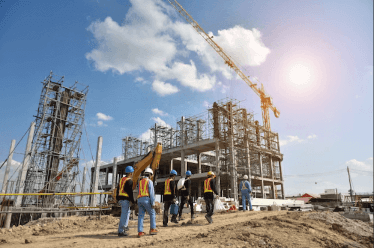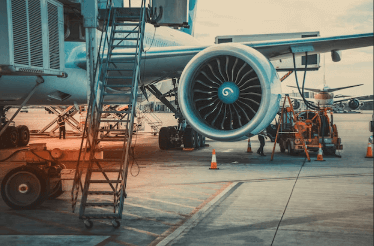Question
a.
not feasible.
b.
just feasible.
c.
very much feasible.
d.
unpredictable as ΔG is no measure of feasibility of a reaction.
Posted under Basic Chemical Engineering
Interact with the Community - Share Your Thoughts
Uncertain About the Answer? Seek Clarification Here.
Understand the Explanation? Include it Here.
Q. If ΔG (free energy change) for a chemical reaction is very large and negative, then the reaction is
Similar Questions
Explore Relevant Multiple Choice Questions (MCQs)
Q. In a zero order reaction, reactants concentration does not change with time and the
View solution
Q. Promoter is added to the catalyst to improve its
View solution
Q. An irreversible first order reaction is being carried out in a CSTR and PFR of same volume. The liquid flow rates are same. The relative conversion will
View solution
Q. When a high liquid hold up is required in a reactor for gas liquid reaction, use __________ coloumn.
View solution
Q. In an exothermic reaction, the energy of the reacting substances as compared to that of products is
View solution
Q. For a tubular flow reactor with uniform concentration and temperature, the independent variable is
View solution
Q. Pick out the wrong statement.
View solution
Q. The extent of a reaction is
View solution
Q. Higher free energy of activation of a chemical reaction (at a given temperature) implies
View solution
Q. Calcination reaction of limestone (CaCO₃ → CaO + CO₂) goes to completion in the rotary kiln, because
View solution
Q. Arhenious equation shows the variation of __________ with temperature.
View solution
Q. When a catalyst increases the rate of chemical reaction, the rate constant
View solution
Q. In which of the following reactions, the equilibrium will shift to the right, if the total pressure is increased?
View solution
Q. The catalyst in a first order chemical reaction changes the
View solution
Q. The dispersion number of perfect mixed flow is
View solution
Q. An irreversible aqueous phase reaction, A + B → P, is carried out in an adiabatic mixed flow reactor. A feed containing 4 kmole/m³ of each A and B enters the reactor at 8 m³ /hr. If the temperature of the exit stream is never to exceed 390 K, what is the maximum inlet feed temperature allowed?
Data:
Heat of reaction = - 50 kJ/mole
Density of the reacting mixture = 1000 kg/m³
Specific heat of reacting mixture = 2 kJ/kg.K
The above data can be assumed to be independent of temperature and composition.
View solution
Q. For a heterogenous catalytic reaction, A + B → C, with equimole feed of A and B, the initial rate - rᴀ₀ is invariant with total pressure. The rate controlling step is
View solution
Q. Half life period of a first order irreversible reaction A → B is
View solution
Q. Which of the following fixes the volume of a batch reactor for a particular conversion and production rate ?
View solution
Q. Half life period of decomposition of a liquid 'A' by irreversible first order reaction is 12 minutes. The time required for 75% conversion of 'A' is __________ minutes.
View solution
Recommended Subjects
Are you eager to expand your knowledge beyond Basic Chemical Engineering? We've handpicked a range of related categories that you might find intriguing.
Click on the categories below to discover a wealth of MCQs and enrich your understanding of various subjects. Happy exploring!








